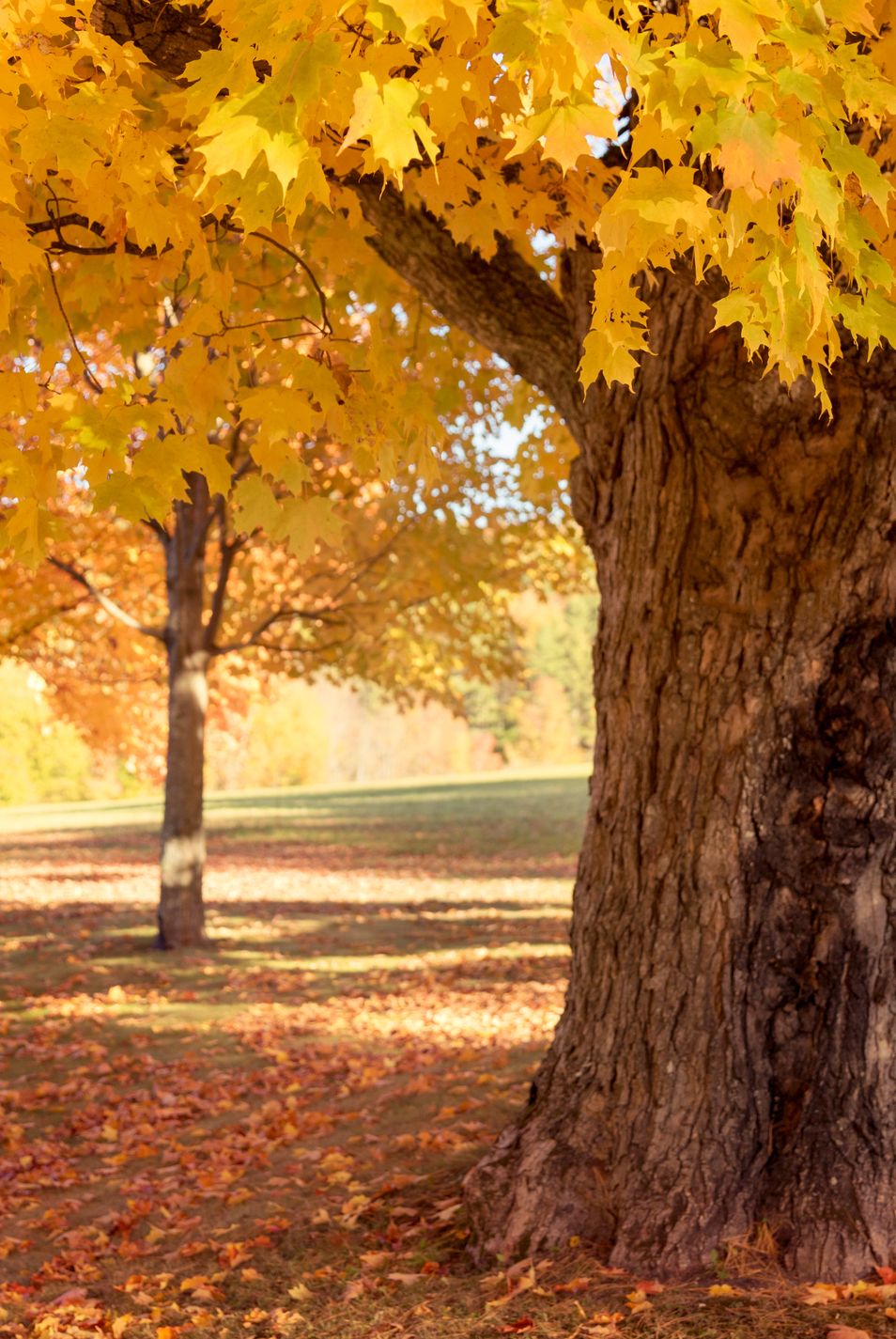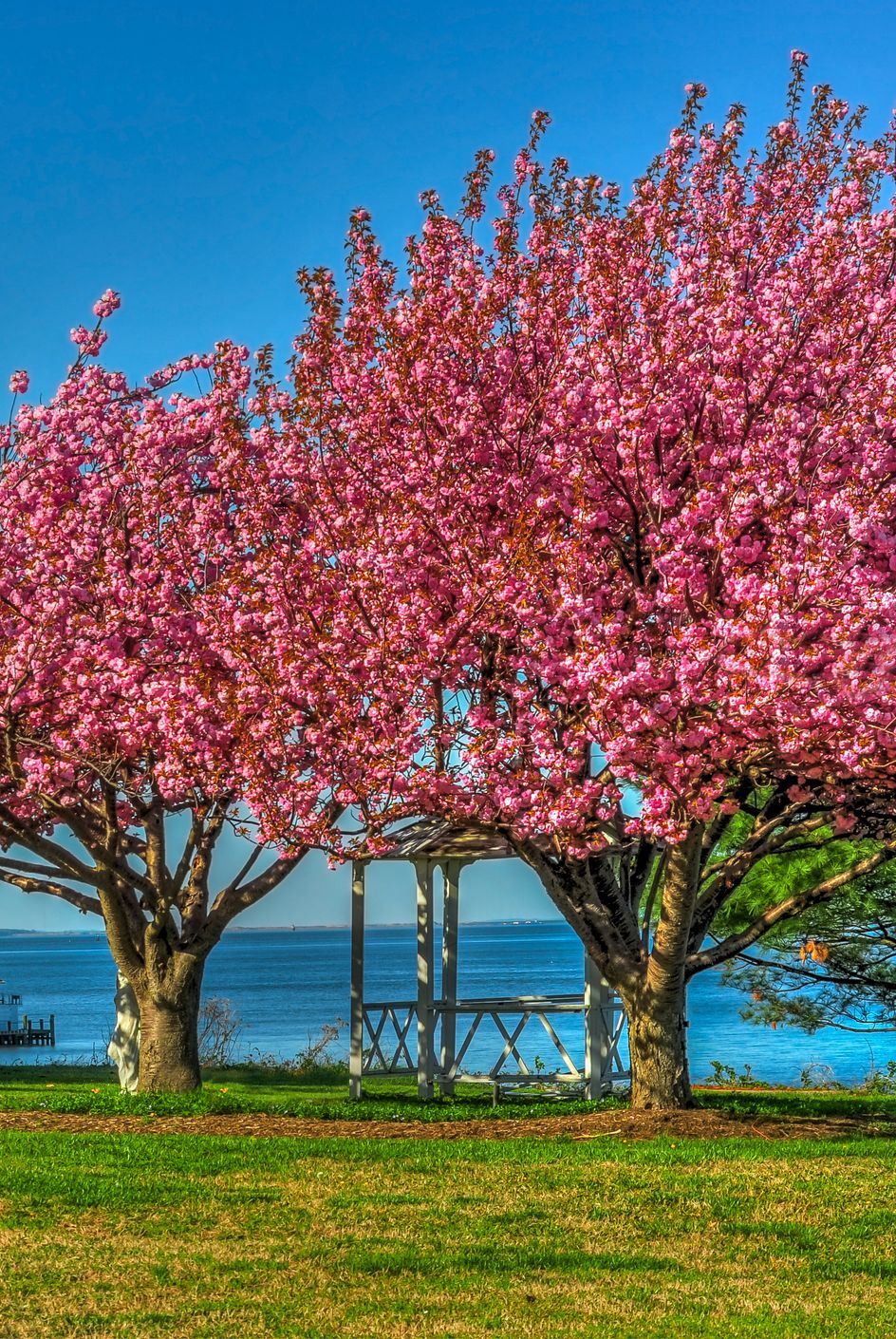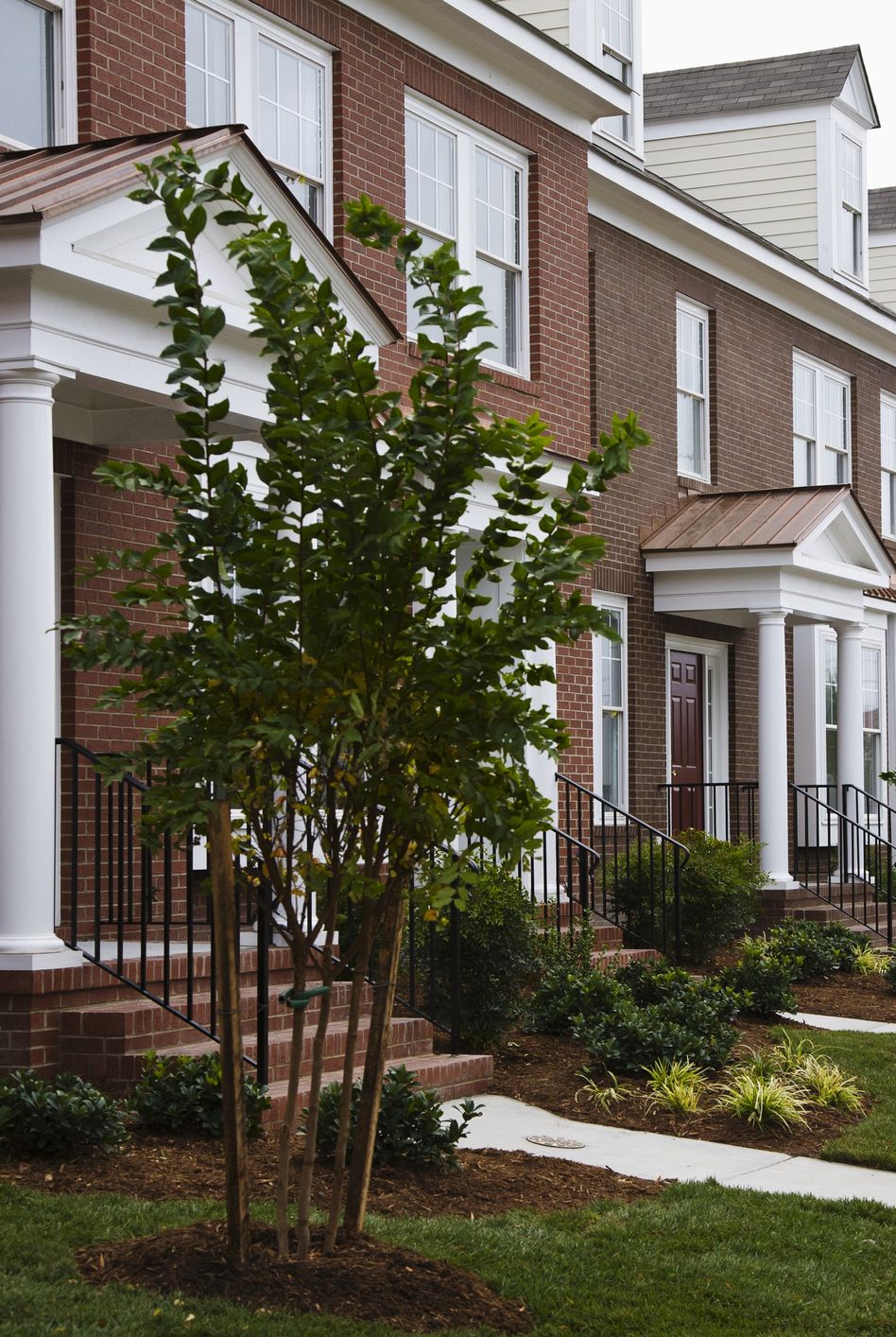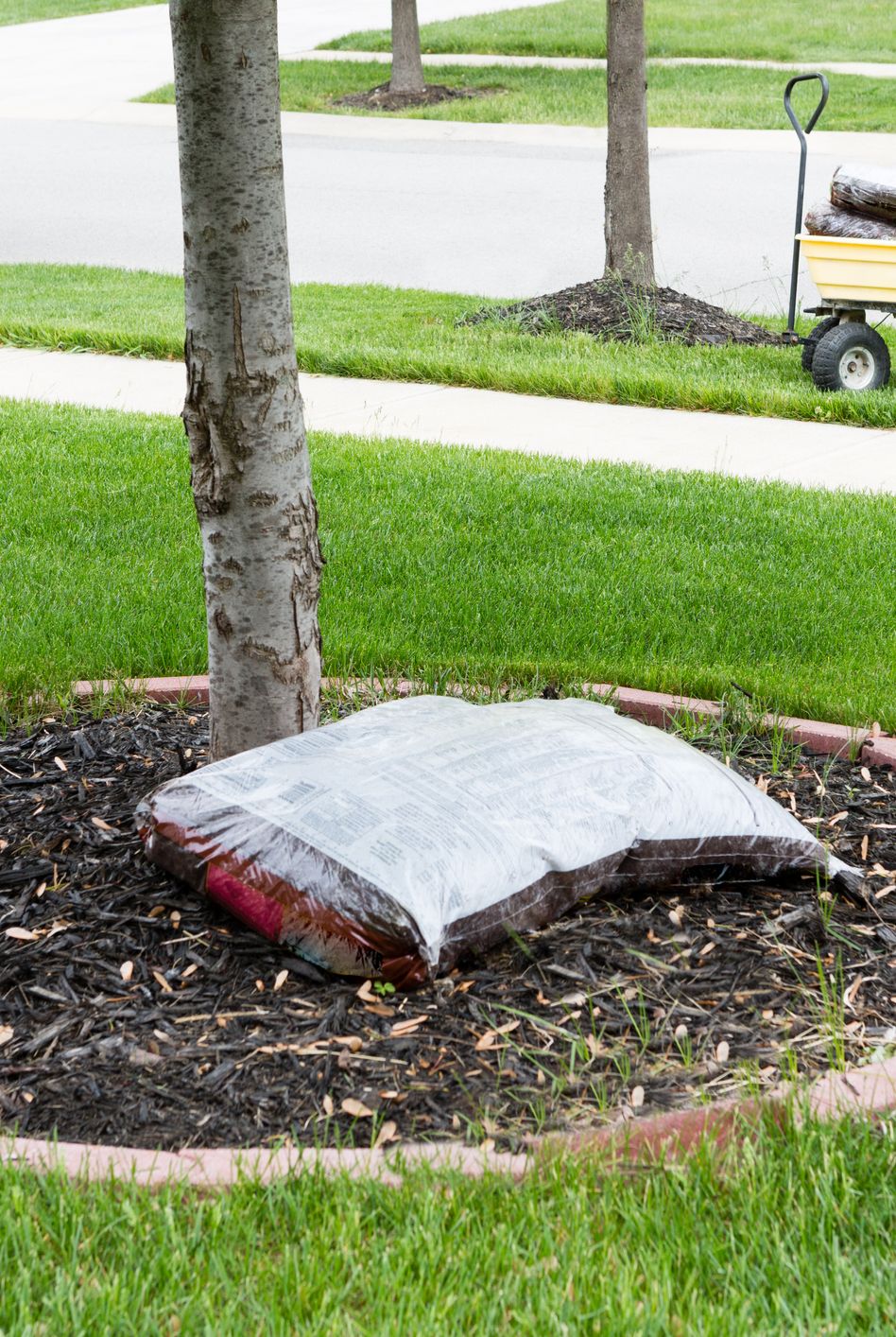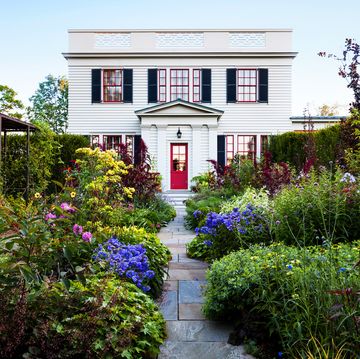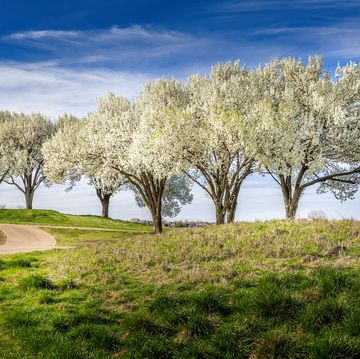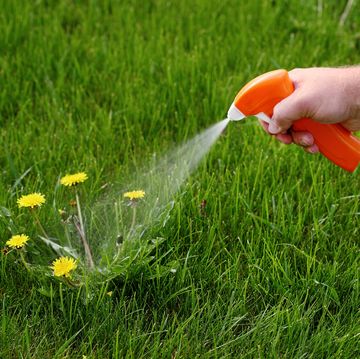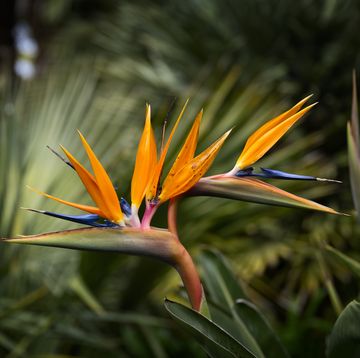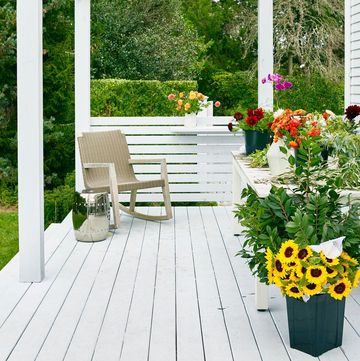How to Plant a Tree in Your Yard—and Get It to Thrive
It'll enhance your landscaping, and it's good for the environment!
A tree can be your home’s best outdoor asset, especially in warm weather. It offers instant curb appeal out front and shade for relaxation in the backyard. You can use a tree as a landscaping element, design a bed of flowers around it, string fairy lights in its branches, and have a picnic (or a party!) underneath. Not to mention, snow-covered branches in the winter can be pretty idyllic.
What’s that? Your yard doesn’t have a tree suitable for any of these things? No problem—plant one! Planting a tree is both easy and great for the environment. Even just one makes a positive impact, says Diana Chaplin of One Tree Planted, a Vermont-based nonprofit that fights deforestation. Every single tree helps to clean the air, filter the water, and provide habitats and food for birds and other wildlife. In addition, Chaplin says, the average tree can absorb up to 48 pounds of CO2 per year, which helps offset climate change. In other words: Plant a tree, save the world. So let's get started!
Watch Next
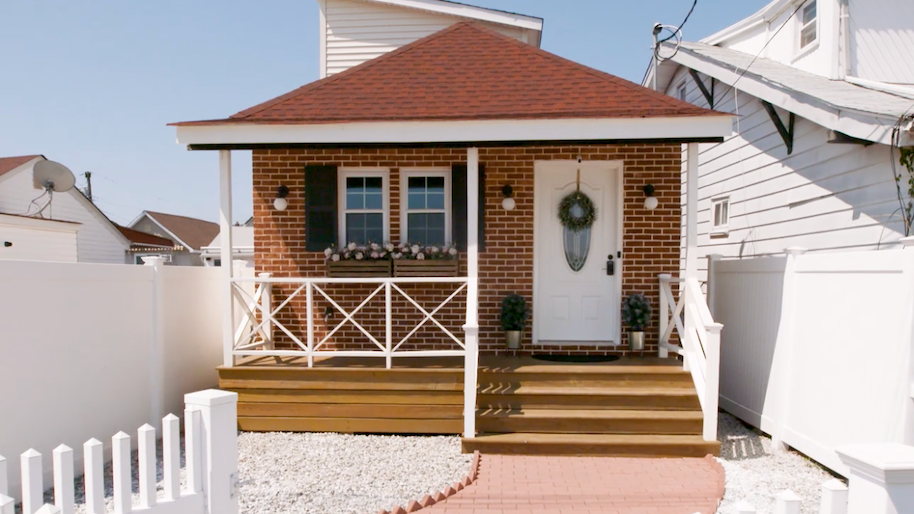
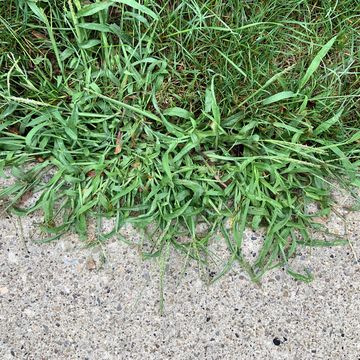
How to Stop Crabgrass From Taking Over Your Lawn
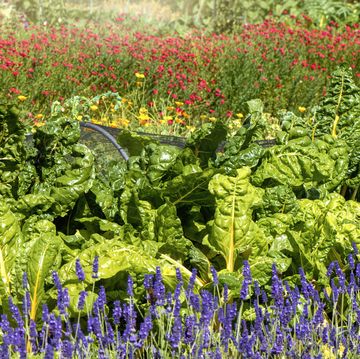
What Is Companion Growing?
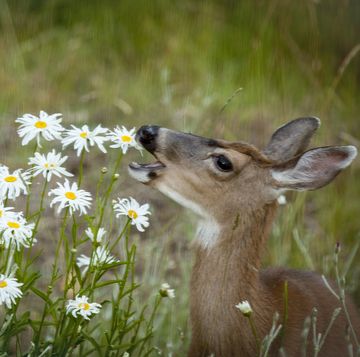
The Best Deer-Resistant Plants for Your Garden
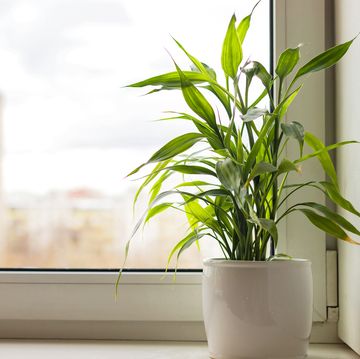
How to Care for a Lucky Bamboo Plant
